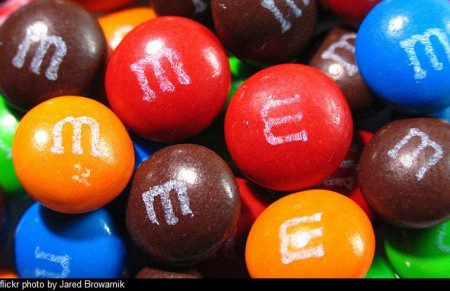HON CHEMISTRY: Hey guys! Here’s the laaaast of the applications of radioactive isotopes. The Lord willing, we’ll finish fission and fusion on Monday.
How are you studying? Be careful and don’t take the test for granted! And don’t forget to check out the the Chapter 21 Stuff to Know & sheet (and yes, there actually is one!).
Make sure you keep practicing half-life problems and nuclear equations. Also, make sure you’ve memorize the nuclear symbols for alpha particles, beta particles, positrons, neutrons, and protons. And then there are tons of notes on the conceptual stuff. Properties of radioactivity, people, types of radioactive decay, applications of radioactivity, definitions, definitions, and definitions!
FYI – This is a pic of a test used to check on blood flow through the heart during a stress test. Fun, huh!?
So what’s this about you probably having an radioactive isotope in your house?!? Don’t forget to research how smoke detectors, especially those with Americium, work!
Image source http://www.cedars-sinai.edu

